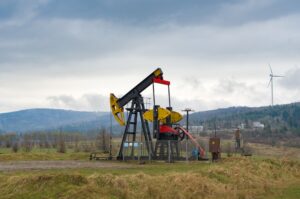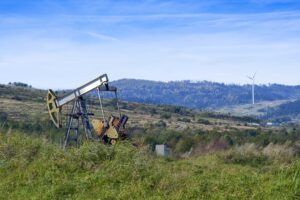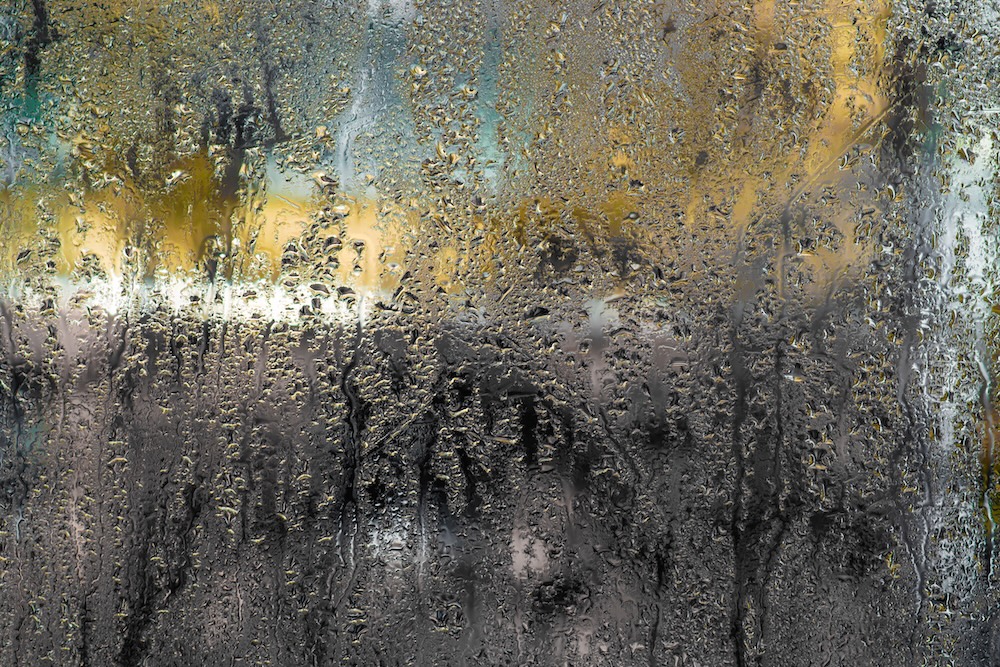It’s easy to think acid rain is an environmental problem of the past — a relic of smokestacks from the 1980s. But while global awareness and stricter regulations have reduced its most extreme impacts in some regions, acid rain hasn’t disappeared. In fact, in parts of Asia, Africa, and Latin America, its damage to ecosystems, water, and infrastructure is still quietly mounting — with long-term consequences for biodiversity, food security, and climate resilience
What Acid Rain Really Is
Acid rain refers to precipitation — rain, snow, sleet, or even fog — with a pH lower than 5.6, meaning it’s more acidic than normal. This acidity comes from sulfur dioxide (SO₂) and nitrogen oxides (NOₓ), pollutants that mix with atmospheric moisture to form sulfuric and nitric acids. Once airborne, these pollutants can travel hundreds of miles before returning to Earth in rain or snow.
The main culprits? Human activities. Burning coal for electricity, vehicle exhaust, and industrial processes all release SO₂ and NOₓ into the atmosphere. Even as renewable energy grows, fossil fuel combustion remains widespread in many regions — keeping acid rain an active threat.
Causes and Global Sources
Power Generation and Industry
Coal-fired power plants remain the largest single source of SO₂ emissions worldwide. In regions with older or poorly regulated plants, acid rain intensity can rival peak levels seen decades ago in North America and Europe.
Transportation
Vehicles emit significant NOₓ, especially in urban areas without strict emissions controls. Heavy diesel transport and aging fleets contribute disproportionately to the problem.
Transboundary Pollution
Wind can carry acid rain–causing pollutants across borders, meaning a country’s acid rain levels may be affected by emissions from thousands of kilometers away.
Environmental Impact
Effects on Ecosystems
Acid rain alters soil chemistry by leaching away nutrients like calcium and magnesium, while mobilizing toxic metals such as aluminum. This makes it harder for plants to absorb what they need, stunting growth and reducing crop yields. Forests in high-altitude areas are especially vulnerable, as cloud moisture there can be even more acidic than rain.
Effects on Water Bodies
When acid rain flows into lakes, rivers, and wetlands, it increases acidity to levels that can wipe out fish populations. According to the U.S. Environmental Protection Agency (EPA), some sensitive lakes in the northeastern United States still cannot support aquatic life decades after emissions reductions began. Acidified waters also harm amphibians and invertebrates, destabilizing entire food webs.
Effects on Infrastructure
Acidic precipitation corrodes steel, aluminum, limestone, and concrete, shortening the lifespan of bridges, rail systems, and historic buildings. Iconic monuments made from marble or limestone — from cathedrals to ancient statues — suffer surface pitting and detail loss over time.
Why It Still Matters
While North America and parts of Europe have successfully reduced SO₂ and NOₓ emissions through agreements like the U.S.–Canada Air Quality Agreement, other regions have seen the opposite trend. Rapid industrialization in parts of Asia has led to higher acid rain frequency, threatening food systems and freshwater reserves. Climate change complicates the issue further, as altered wind patterns and rainfall distribution can shift where acid rain falls — sometimes into areas with little environmental monitoring.
Solutions That Work
1. Strengthen Emissions Controls
Scrubbers on power plants, selective catalytic reduction in industrial facilities, and catalytic converters on vehicles can remove large percentages of SO₂ and NOₓ before they enter the atmosphere.
2. Transition to Cleaner Energy
Replacing coal and heavy oil with renewables like wind, solar, and hydropower directly reduces acid rain–causing emissions while also cutting greenhouse gases.
3. Expand International Cooperation
Since pollution crosses borders, more regional treaties are needed — particularly in Asia and Africa — to set emissions targets, share clean technology, and monitor progress.
4. Restore Damaged Ecosystems
Liming acidic lakes and soils can temporarily neutralize acidity, giving ecosystems time to recover. However, this is a stopgap measure, not a replacement for emissions reductions.
Common Questions About Acid Rain
Does Acid Rain Still Happen in the United States?
Yes — though far less frequently and severely than in the 1980s and 1990s. The EPA reports ongoing recovery in many lakes and forests, but some remain impaired.
Can Acid Rain Harm Humans Directly?
It doesn’t burn skin, but it can indirectly harm people by contaminating drinking water, damaging crops, and increasing the mobility of toxic metals in soil.
Final Thoughts
Acid rain might not dominate environmental headlines anymore, but its story isn’t over. Regions that solved the problem decades ago prove it can be done — but also serve as a warning: recovery is slow, and prevention is far easier than restoration. By tackling emissions at the source and supporting international cooperation, we can ensure this corrosive problem stays in the history books — and out of our future.









Reader Interactions